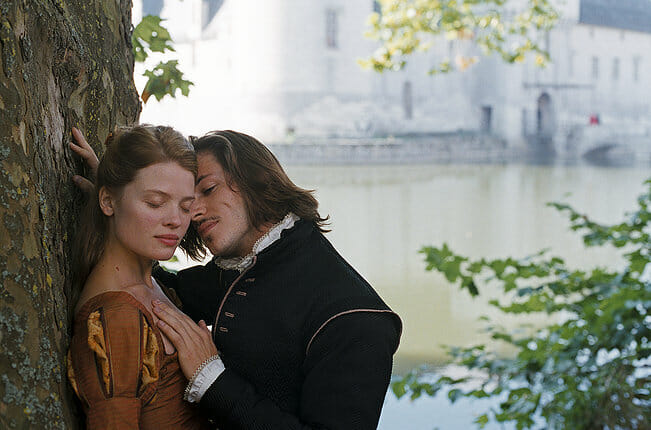The Princess of Montpensier

Director: Bertrand Tavernier
Writers: Jean Cosmos, François-Olivier Rousseau, Bertrand Tavernier
Cinematographer: Bruno de Keyzer
Stars: Mélanie Thierry, Christopher Lambert, Raphaël Personnaz, Gaspard Ulliel, Grégoire Leprince-Ringuet
Studio/Running Time: IFC Films, 139 min.
Period romances may not be a genre as popular as horror flicks or westerns, but despite the stuffiness that its name implies, perfectly well-executed ones need not be boring. At least that’s the case with Bertrand Tavernier’s Princess of Montpensier, set during 16th-century France’s endless civil wars and unsurprisingly focusing on various aristocrats aiming to sleep with the titular princess. Aside from her husband this includes her childhood love, her mentor, and the King’s flamboyant brother, but the story’s main thrust is one of self-discovery, and the princess’s romantic dalliances are part of asserting an identity at odds with the society in which she lives.
-

-

-

-

-

-

-

-

-

-

-

-

-

-

-

-

-

-

-

-

-

-

-

-

-

-

-

-

-

-

-

-

-

-

-

-

-

-

-

-








































